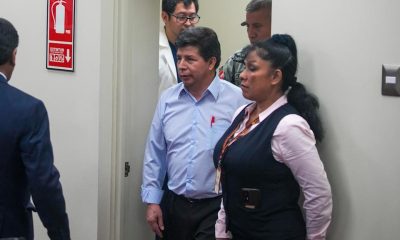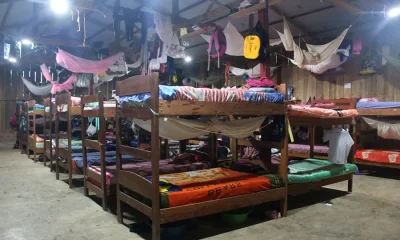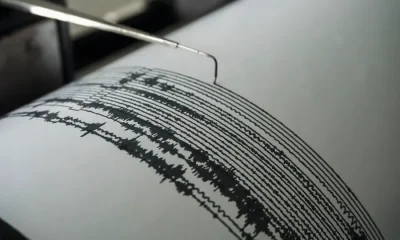International
Archeologists find ancient Peruvian fresco, lost for a century
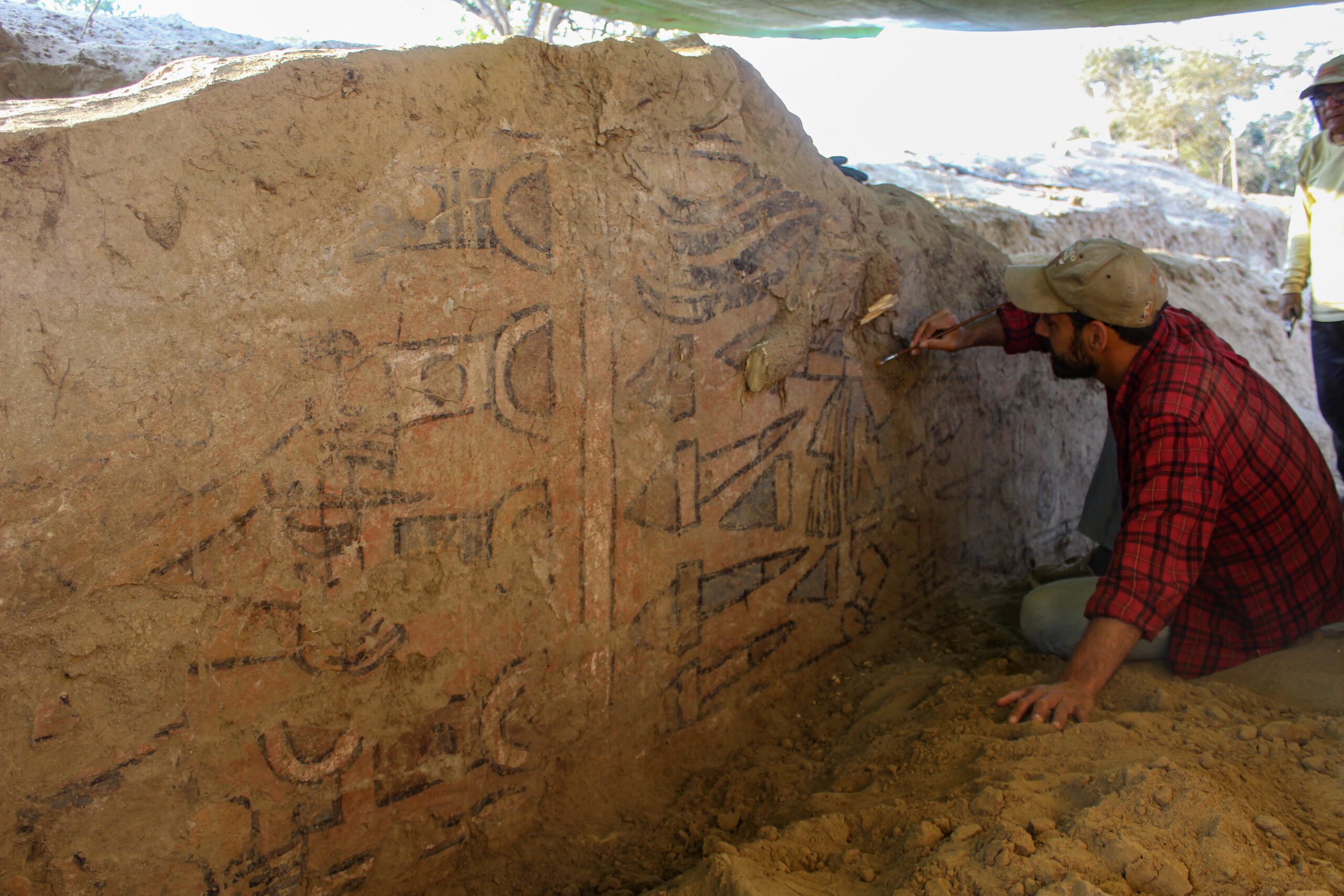
| Par AFP |
Archeologists have rediscovered a pre-Hispanic fresco depicting mythological scenes in northern Peru that they had only seen in black and white photographs that were more than a century old.
“It’s an exceptional discovery, first of all, because it is rare to unearth wall paintings of such quality in pre-Colombian archeology,” said Sam Ghavami, the Swiss archeologist who led excavations that uncovered the mural in October.
Ghavami spent four years looking for the rock painting, which he believes could be around 1,000 years old, with a team of Peruvian students.
“The composition of this painting is unique in the history of mural art in pre-Hispanic Peru,” added the archaeologist, who trained at the University of Freiburg in Germany.
The fresco forms part of the Huaca Pintada temple, which belonged to the Moche civilization that flourished between the 1st and 8th centuries, and venerated the Moon, the rain, iguanas, and spiders.
The uncovered mural is about 30 meters (98 feet) long, and its images in blue, brown, red, white, and mustard yellow paint remain extremely well preserved.
In one section, a procession of warriors can be seen heading toward a birdlike deity.
The painted images “appear to be inspired by the idea of a sacred hierarchy built around a cult of ancestors and their intimate links with the forces of nature,” said Ghavami.
He told AFP that deciphering the mural’s message would form part of his research, but he believes it “could be interpreted as a metaphorical image of the political and religious order of the region’s ancient inhabitants.”
The discovery is also unusual as it shows a mixture of styles and elements of two pre-Incan cultures: the Moche and the Lambayeque, who lived on Peru’s north coast between 900 and 1350 AD.
The mural’s existence was only known via black and white photos taken in 1916 by the German ethnologist Hans Heinrich Bruning, who was living in Peru when he heard of the site after treasure hunters tried to loot it, but found nothing of value.
As the years went on, thick foliage took over, and no one had tried to look for the paintings until it piqued Ghavami’s interest and he went in search of the long-lost fresco.
However, first he had a long battle to obtain permission from the family who own the land where the mural was found.
International
Rubio rules out 2028 presidential bid if Vance runs
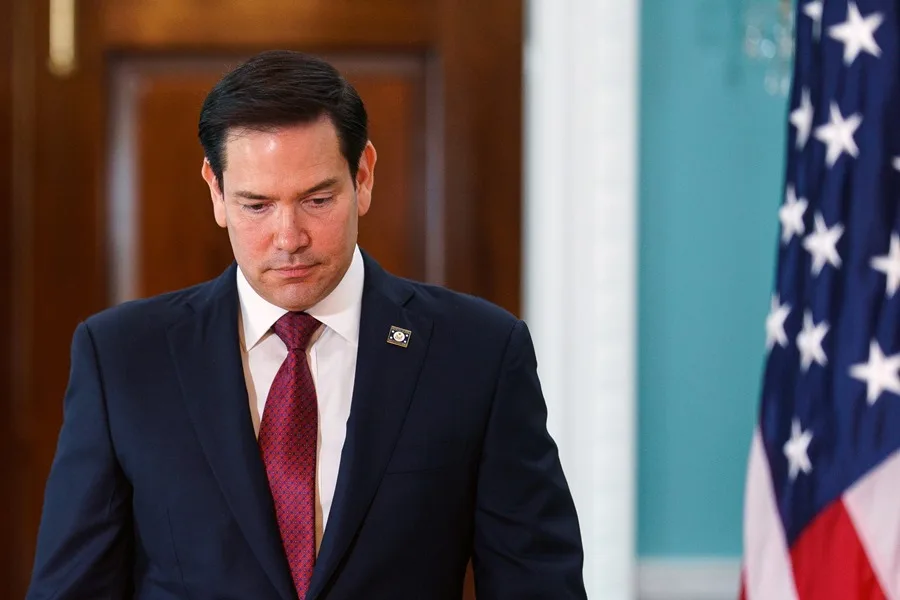
U.S. Secretary of State Marco Rubio said he would not seek the presidency in 2028 if current Vice President JD Vancedecides to run as the Republican nominee to succeed President Donald Trump.
“If JD Vance runs for president, he will be our candidate, and I will be one of the first people to support him,” Rubio said in an interview with Vanity Fair, in which he appeared alongside other senior members of the presidential cabinet.
Rubio, 54, and Vance, 41, are widely viewed as two of the leading Republican figures who could headline the party’s ticket in the 2028 election. Under the U.S. Constitution, Trump is barred from seeking another term after completing two presidential mandates.
In a lighthearted moment during the interview, Vance jokingly offered photographers $1,000 if they managed to make him look better than Rubio in the photos. Both leaders have received public backing from Trump, who last October floated the idea of a joint ticket featuring Rubio and Vance, without clarifying who would lead it.
“I think that if they ever teamed up, they would be unstoppable. I don’t think anyone would run against us,” Trump said at the time.
White House Chief of Staff Susie Wiles, who also took part in the interview, confirmed that Trump does not intend to violate the 22nd Amendment, which prohibits a third presidential term, though she acknowledged that the president is “having fun” with speculation about a possible return to office.
Rubio, the son of Cuban immigrants, served as a Republican senator from 2010 to 2025. He sought the party’s presidential nomination in 2016 but was defeated by Trump after a bruising primary contest. His name was floated as a potential vice presidential pick in 2024, but Vance ultimately secured the spot. After taking office, Trump appointed Rubio as secretary of state, making him the first Latino to hold the position.
International
Authorities search for armed and dangerous suspect in fatal Brown University attack
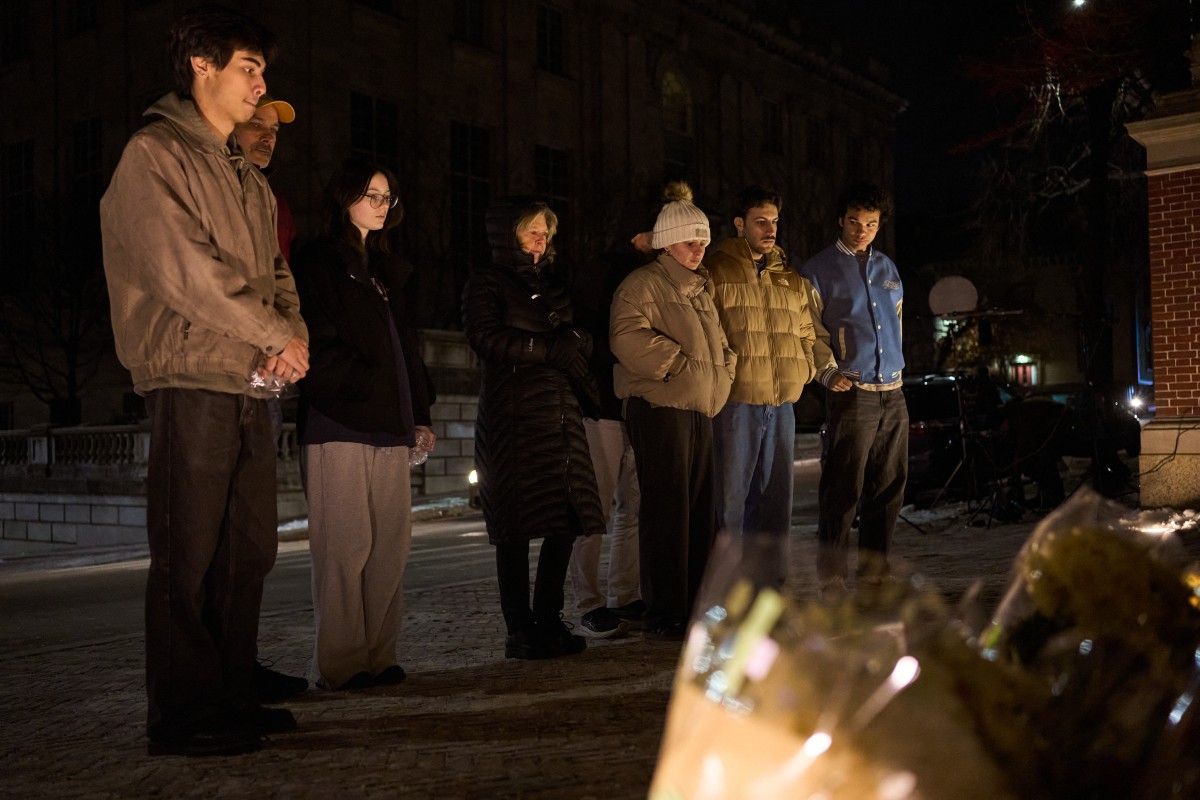
According to the statement, investigators are “seeking the public’s help to identify and speak with an individual” who was seen “near” the suspect at the time of the attack.
The Providence Police Department in Rhode Island released three photos of the person of interest, whose face has been blurred. In the images, the individual is wearing navy blue clothing, what appears to be a green hood, and carrying a light-colored backpack.
Earlier, authorities had released several photos and videos of a suspect described as “approximately 5 feet 8 inches tall, with a stocky build,” dressed in dark clothing, with their face covered by a surgical mask and wearing a beanie. The suspect’s identity remains unknown.
Authorities are offering a $50,000 reward for any information leading to the identification, arrest, and conviction of the person responsible for the killings, who is considered armed and dangerous.
The gunman opened fire on Saturday at Brown University’s engineering and physics building, where exams were being held, killing students Ella Cook and Mukhammad Aziz Umurzokov. The names of the nine people injured have not been released.
International
Police investigate deaths of Rob Reiner and wife as apparent homicide

The Los Angeles Police Department (LAPD) is investigating the deaths of Hollywood actor and filmmaker Rob Reinerand his wife as an “apparent homicide,” amid a wave of tributes to the director of classics such as When Harry Met Sally.
According to U.S. media reports on Sunday, Rob Reiner and Michele Singer Reiner were found dead at their Los Angeles mansion with what appeared to be stab wounds.
Several political figures shared messages of condolence following the reported deaths of the director of A Few Good Menand his wife.
While the LAPD did not officially confirm the identities of the victims, it stated that homicide detectives were dispatched to the Reiner residence.
“At this time, no additional details are available and the investigation into an apparent homicide is ongoing,” the Los Angeles Police Department said in a statement posted on social media.
LAPD Deputy Chief Alan Hamilton told reporters that no arrests have been made and that no individuals are currently being questioned as suspects.
“I’m not going to confirm whether anyone is being questioned at this moment or not. We are going to try to speak with as many family members as we can,” Hamilton said.
CNN reported that a family spokesperson confirmed the deaths of Reiner and his wife.
California Governor Gavin Newsom, former U.S. President Barack Obama, and former Vice President Kamala Harrisissued statements expressing their condolences.
-
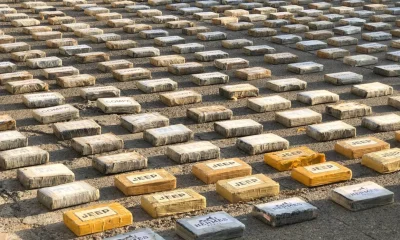
 Central America4 days ago
Central America4 days agoPanama seizes over three tons of drugs hidden in Caribbean port container
-
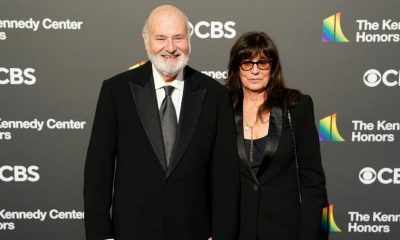
 International3 days ago
International3 days agoPolice investigate deaths of Rob Reiner and wife as apparent homicide
-

 Central America3 days ago
Central America3 days agoOAS urges swift recount in Honduras as election results remain uncertain
-
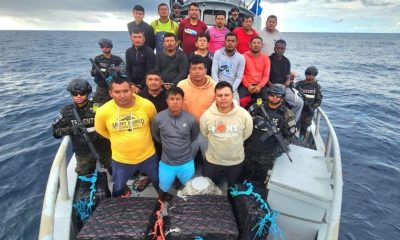
 Central America2 days ago
Central America2 days agoEl Salvador ranks among top countries in the Americas in fight against organized crime
-
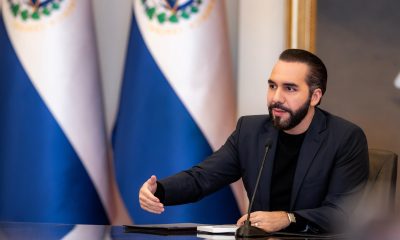
 Central America2 days ago
Central America2 days agoBukele says AI partnership with xAI will transform public education in El Salvador
-
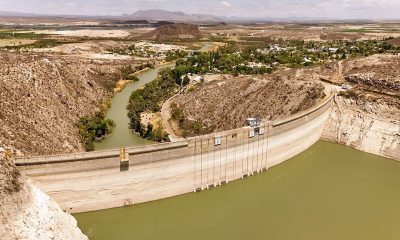
 International5 days ago
International5 days agoU.S. and Mexico Reach Deal to Address Water Deficit Under 1944 Treaty
-
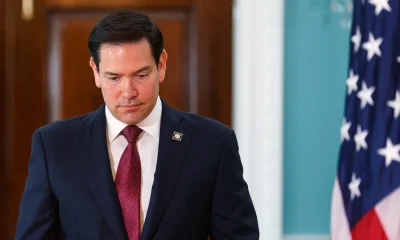
 International1 day ago
International1 day agoRubio rules out 2028 presidential bid if Vance runs
-
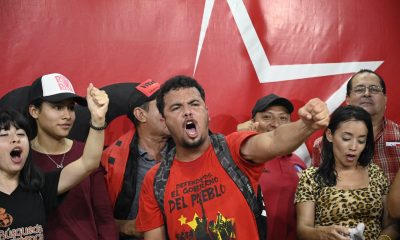
 Central America1 day ago
Central America1 day agoArrests and clashes in Tegucigalpa as vote count continues after Honduras election
-
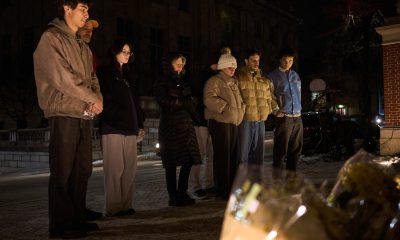
 International1 day ago
International1 day agoAuthorities search for armed and dangerous suspect in fatal Brown University attack



























